I am attempting to create a user defined function for DB2 and cannot figure it out. I am much more comfortable with t-sql, which would do this in about a dozen ways. I need help as all I get in return are cryptic error messages that tell me there are no valid tokens or some such.
The basic premise is that I am trying to convert a normal date into a date format used throughout the database (cyymmdd) Here goes the pseudo-code:
Get current time;
If YEAR(current time) > 1999 then 1 else 0;
Simple enough, right? Can't get it to work. Here is the actual code:
DECLARE Cn CHAR ( 1 ) ;
CASE
WHEN YEAR(X) > 1999
THEN SET Cn = 1;
ELSE SET Cn = 0;
Also tried:
DECLARE Cn CHAR ( 1 ) ;
CASE YEAR(X)
WHEN > 1999
THEN SET Cn = 1;
ELSE SET Cn = 0;
And that fails miserably as it should.
I am really at a loss as to how I can convert 3/25/2014 into 1140325 with just SQL. I guess I can handle this in application logic, but that isn't the way I want to go with this.
Thanks in Advance.
